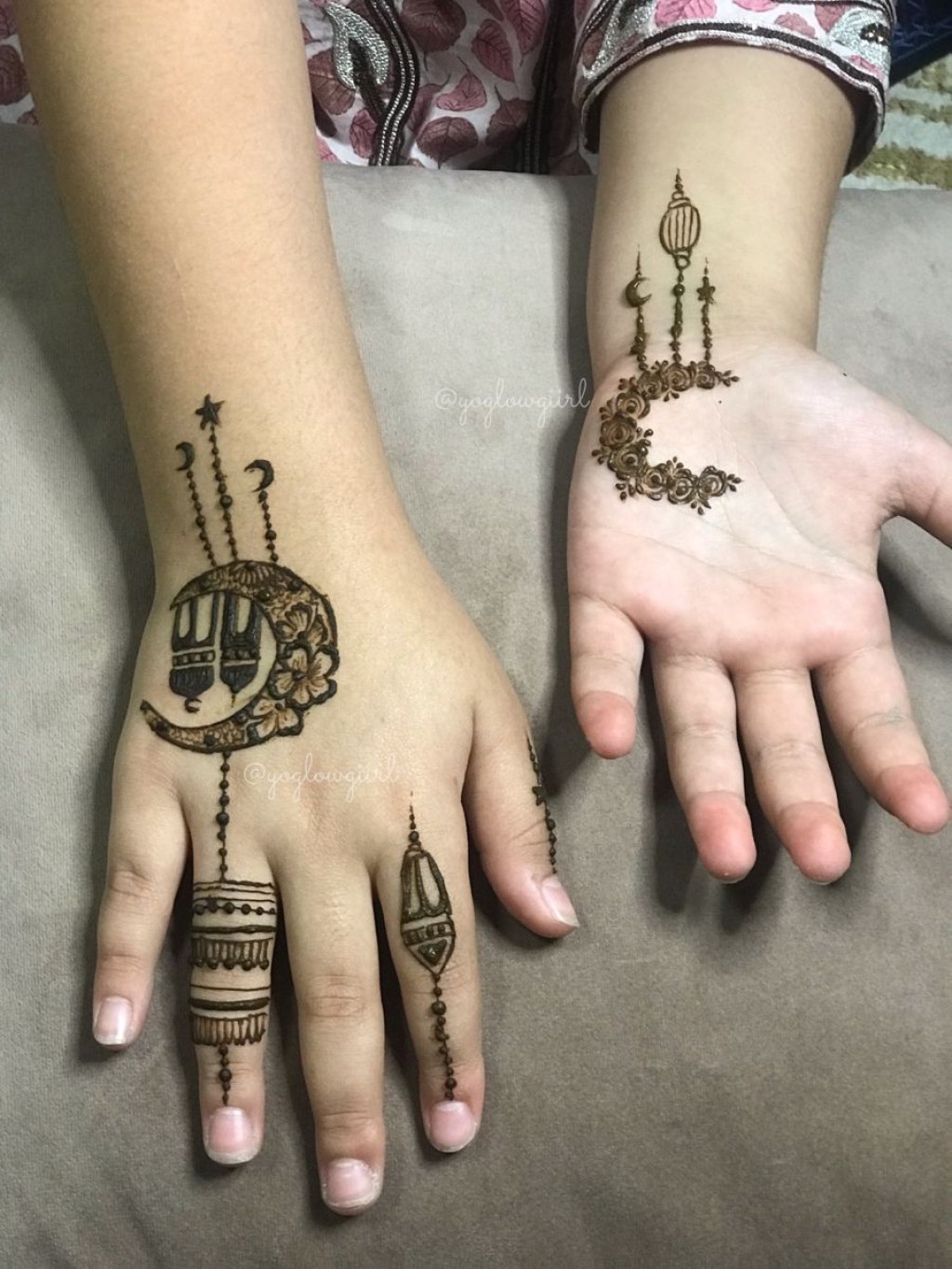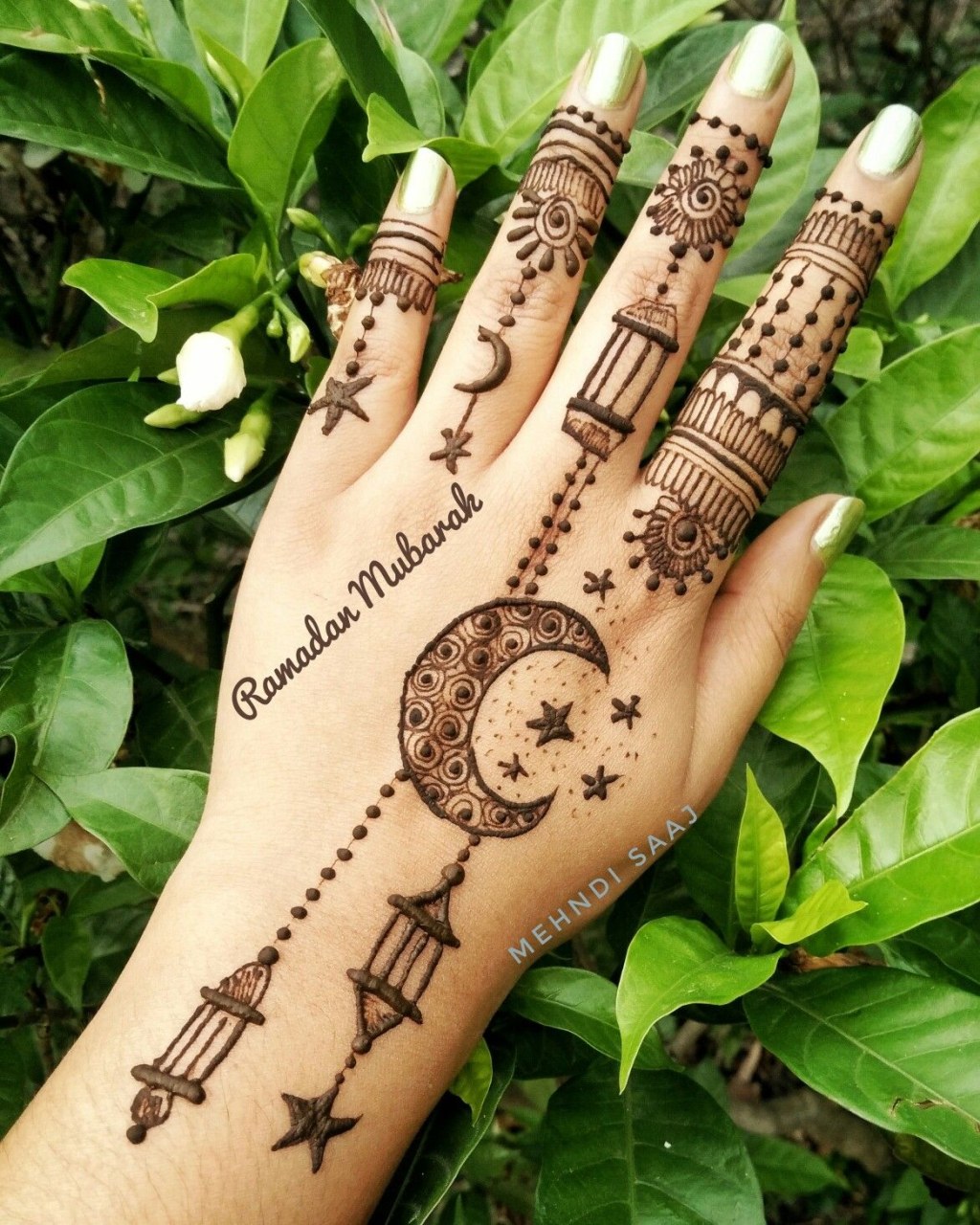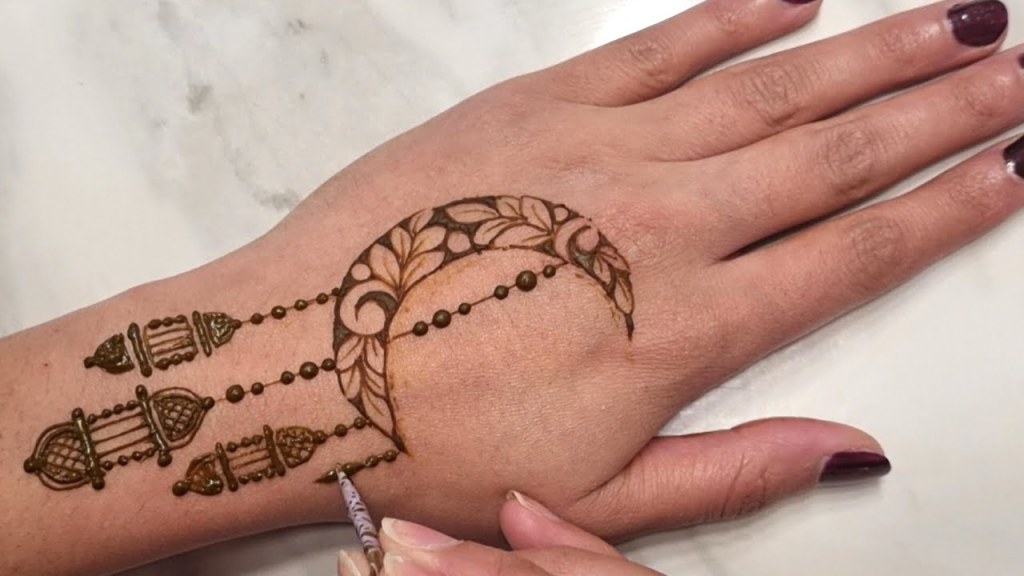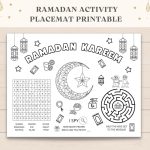Discover Gorgeous Ramadan Henna Designs: Unleash Your Creativity Today!
Ramadan Henna Designs: A Stylish Tradition
Introduction
Assalamualaikum, Ramadhan enthusiasts and lovers of the festive season! As we prepare to welcome the holy month of Ramadan, we cannot ignore the beautiful traditions that come with it. One such tradition is the art of adorning hands and feet with intricate henna designs. In this article, we will explore the origins, significance, and various styles of Ramadan henna designs that add an extra touch of elegance to this special time of year.
The Origins of Henna in Ramadan
🌼 Henna, also known as mehndi, has been a part of cultural celebrations for centuries. Its use in Ramadan can be traced back to ancient practices in the Middle East and South Asia. Applying henna during this month is considered an act of devotion and celebration, as it signifies the joyous spirit of Ramadan.
3 Picture Gallery: Discover Gorgeous Ramadan Henna Designs: Unleash Your Creativity Today!



The Significance of Ramadan Henna Designs
🎉 The intricate patterns of Ramadan henna designs symbolize blessings, good fortune, and protection during this holy month. They also serve as a visual representation of the beauty and creativity that exists within the Muslim community. Ramadan henna designs are not only a form of self-expression but also a way to connect with the rich cultural heritage of Islam.
Styles and Variations of Ramadan Henna Designs
💅 When it comes to Ramadan henna designs, the possibilities are endless. From traditional motifs to contemporary patterns, there is something to suit every individual’s taste. Some popular styles include floral patterns, geometric shapes, Arabic calligraphy, and intricate lace-like designs. These designs are often applied to the hands, feet, or both, creating a stunning and temporary work of art.
What is Ramadan Henna?

Image Source: pinimg.com
🌿 Ramadan henna is a natural dye made from the leaves of the henna plant. The leaves are dried, ground into a fine powder, and mixed with water or other natural ingredients such as lemon juice or essential oils. This paste is then applied to the skin using a cone-shaped tube or a fine brush, allowing the dye to stain the top layer of the skin. The result is a beautiful reddish-brown color that gradually fades over time.
Who Can Wear Ramadan Henna Designs?
🤔 Ramadan henna designs are not limited to any specific age or gender. They can be worn by both men and women, young and old. In fact, henna has become a unifying tradition that brings people together during Ramadan, regardless of their background or cultural heritage. Whether you are celebrating Ramadan for the first time or have been doing so for years, wearing henna designs can be a meaningful way to connect with the spirit of the holy month.
When and Where to Apply Ramadan Henna?
🌙 The best time to apply Ramadan henna designs is during the last ten nights of Ramadan, known as the Laylatul Qadr, or the Night of Power. This night is believed to be the holiest night of the entire year, and adorning oneself with henna is seen as a way to honor and beautify oneself for this special occasion. As for the location, henna can be applied to both hands and feet, depending on personal preference and cultural traditions.
Why Choose Ramadan Henna Designs?
🌟 Ramadan henna designs offer a unique way to celebrate and embrace the holy month. They allow individuals to express their creativity while honoring the traditions of their faith. Unlike permanent tattoos, henna designs are temporary and fade away naturally, making them perfect for those who want to experiment with different styles without a long-term commitment. Furthermore, the application process itself can be a relaxing and meditative experience, providing a moment of tranquility amidst the hustle and bustle of Ramadan preparations.
How to Apply Ramadan Henna Designs?

Image Source: pinimg.com
✋ Applying Ramadan henna designs requires a steady hand and a bit of practice. If you are a beginner, you may want to start with simpler designs and gradually work your way up to more intricate patterns. There are various resources available online, including tutorial videos and step-by-step guides, that can help you master the art of henna application. Alternatively, you can also seek the assistance of professional henna artists who can create stunning designs tailored to your preferences.
Advantages and Disadvantages of Ramadan Henna Designs
Advantages of Ramadan Henna Designs
🌺 1. Temporary: One of the biggest advantages of Ramadan henna designs is that they are temporary. They allow individuals to experiment with different styles and patterns without a long-term commitment.
🌺 2. Cultural Heritage: Wearing henna designs during Ramadan is a way to connect with the rich cultural heritage of Islam and celebrate the traditions passed down through generations.

Image Source: ytimg.com
🌺 3. Self-Expression: Henna designs provide a unique form of self-expression, allowing individuals to showcase their creativity and personal style.
Disadvantages of Ramadan Henna Designs
🥀 1. Allergic Reactions: While rare, some individuals may experience allergic reactions to henna. It is essential to do a patch test before applying henna to ensure there are no adverse reactions.
🥀 2. Staining: Henna can stain fabrics and surfaces, so it is essential to take precautions while applying and drying the designs.
Frequently Asked Questions (FAQ)
1. Can pregnant women wear Ramadan henna designs?
🤰 Yes, pregnant women can wear Ramadan henna designs. However, it is essential to use natural and safe henna paste without any additives or chemicals.
2. How long does Ramadan henna last?
⏳ The longevity of Ramadan henna designs varies from person to person. On average, they can last anywhere from one to three weeks, depending on factors such as skin type, location of application, and aftercare.
3. Can I still perform ablution (wudu) after applying henna?
💦 Yes, you can perform ablution (wudu) after applying henna. It is recommended to apply henna on areas that do not come into direct contact with water during ablution.
4. Can I apply henna on my nails during Ramadan?
💅 Yes, you can apply henna on your nails during Ramadan. It is a popular trend to incorporate henna designs on nails, adding an extra touch of elegance to your overall look.
5. How can I remove henna stains?
🧴 Henna stains will naturally fade away over time as the skin exfoliates. However, if you want to remove them quickly, you can try exfoliating the area or using natural remedies like lemon juice or baking soda.
Conclusion
🌙 In conclusion, Ramadan henna designs are not just temporary body art; they are a celebration of faith, culture, and creativity. The intricate patterns and vibrant colors add an extra touch of elegance to the holy month. Whether you choose to apply henna yourself or seek the assistance of a professional artist, the experience of adorning your hands and feet with these beautiful designs is sure to enhance your Ramadan festivities. So, embrace this stylish tradition and let your henna designs shine during this blessed time of year!
Final Remarks
🌺 Disclaimer: It is important to use natural and safe henna paste without any additives or chemicals. If you have any skin allergies or sensitivities, it is advisable to consult a dermatologist before applying henna. Additionally, please follow the guidelines and regulations regarding henna application in your local community.
This post topic: Ramadhan


